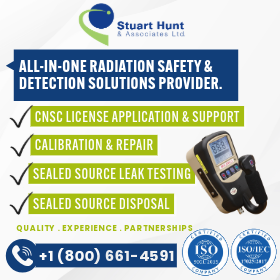A Legacy of Discovery TRIUMF’s Expanding Research Horizons
TRIUMF: A Brief History
TRIUMF, Canada’s national particle accelerator centre, has been pushing the envelope of subatomic physics research and innovation for over 50 years. It was founded in 1968 in Vancouver, BC, as a joint venture between the physics departments of three local universities: University of British Columbia, University of Victoria, and Simon Fraser University.
The goal was to wield short-lived subatomic particles called mesons—produced using a then newly constructed 520 MeV cyclotron (the largest in the world!)—to advance our understanding of the fundamental building blocks of matter.
Since then, the “TRI-University Meson Facility” has expanded both its university member base (which today includes 21 university partners from Victoria to Halifax) and its research scope (moving beyond fundamental physics research into nuclear astrophysics, life sciences and radioisotope innovation, molecular and materials science, engineering, and beyond), making it a key player in both national and international scientific communities. It is Canada’s largest single investment in major research infrastructure, and it convenes / channels over 80% of all subatomic physics research in Canada.
In its early years, TRIUMF focused primarily on nuclear and particle physics, particularly in areas related to the study of subatomic particles, such as mesons, kaons, protons, and neutrons. The lab’s flagship particle accelerator, the world’s-largest 520 MeV cyclotron, enabled researchers to probe the mysteries of atomic nuclei and investigate a variety of different phenomena in particle physics and materials science.
As time has passed, TRIUMF’s science program has evolved to encompass a broader range of research disciplines, reflecting the lab’s increasing versatility and capacity to respond to new scientific challenges.
Today, TRIUMF’s research program spans a broad variety of work that includes particle physics, nuclear physics and nuclear astrophysics, fundamental symmetries and exotic decays, medical isotopes, and materials science. The lab also serves as Canada’s portal to international “Big Science,” designing and building detectors for major global science initiatives like the ATLAS experiment at CERN and the Hyper-K experiment in Japan.
One of TRIUMF’s most notable expansions has been into the production of medical isotopes, which are crucial in the diagnosis and treatment of various diseases, including cancer, Alzheimer’s, and other neurodegenerative diseases. TRIUMF’s work includes research into characterizing novel radioisotopes and investigating new and potentially life-saving isotopes, as well as ramping up on-site production of the critically needed and well-established isotopes used for PET and SPECT scanning.
Nearly 40 years ago, TRIUMF also began its first major industrial partnership, with Atomic Energy Canada Limited, which saw TRIUMF begin to produce diagnostic radioisotopes using its on-site accelerators. Today, the lab produces nearly 2 million patient doses per year.
Advancing Radiological Safety: Evolving Protocols for a Changing Lab
TRIUMF’s pivot to using its suite of particle accelerators, which includes not only the 520 MeV cyclotron but also linear accelerators and several compact cyclotrons, is a prime example of how the laboratory’s community has expanded its mandate to adapt to an evolving research landscape and the needs of society. For instance, TRIUMF’s international leadership in materials science has also allowed for advancements in areas like quantum computing and superconductivity, benefiting both the national and international scientific communities, as well as industry collaborators around the world.
This major expansion of TRIUMF’s initial scientific scope has required significant advancements and adaptations in its radiation protection and radiological safety paradigms. In the early days of the lab’s operations, radiation safety was a relatively straightforward concern. It was limited to the safety of the researchers, engineers, technicians, and support staff working directly with the cyclotron and the prompt radiation it produced as part of its normal running operations.
As TRIUMF’s research program grew and diversified, so did the complexity of the radiation protection measures needed to keep scientists, staff, and the environment safe. Today, the nature of radiological safety at TRIUMF has evolved to account for the varied types of radiation produced by the different accelerators and experiments conducted at the lab. For instance, radiation protection strategies now must consider not only the high-energy particle beams used in fundamental physics experiments, but also the low-energy radiation produced during medical isotope production.
TRIUMF has added a variety of radiopharmaceutical processing facilities for both fundamental research and production that have significantly expanded the scope of radiological protection measures required. Generally, the lab’s safety protocols have become more comprehensive, involving advanced site and environmental monitoring programs, radiological waste planning and processing, dosimetry and site security, specialized shielding materials and systems, and robust emergency response plans.
TRIUMF’s radiation protection professionals are also tasked with responding to the emerging needs of the science community and the infrastructure they seek to implement. This includes
- particle accelerator maintenance and repair,
- updates and changes to beam line configurations, and
- designing and building novel experimental facilities that are unique to TRIUMF.
It even extends to maintaining and safeguarding a public tour route that welcomes thousands of visitors (including school groups, public tours, VIPS, and heads-of-state) every year.
TRIUMF’s radiological safety teams are also tasked with designing systems and protocols to support the establishment of two comprehensive flagship research facilities that will come online in the coming years:
- The Advanced Rare Isotope Laboratory, which will bring online the world’s most powerful superconducting linear accelerator for isotope production and two new target stations.
- The Institute for Advanced Medical Isotopes (IAMI), which will serve as Canada’s primary hub for radiopharmaceutical research and convene a wide variety of cross-sector partners, including UBC and BC Cancer.
IAMI will bring online Health Canada regulated and good manufacturing practices (GMP) compliant laboratory spaces within the existing purview of TRIUMF’s radiological safety and licensing paradigms, presenting unique challenges and opportunities that must be addressed.
Looking Ahead
TRIUMF’s radiation protection program is critical to ensuring that TRIUMF’s community of world-leading experts and professionals can continue to push the boundaries of knowledge and deliver science impact through discovery and innovation. The laboratory will continue to expand, grow, and adapt to the shifting needs of our world, but only by maintaining a radiological safety paradigm that prioritizes safety, sustainability, and transparency with on-site and local communities.
 Stuart Shepherd
Stuart Shepherd
Stuart is TRIUMF’s deputy director of Communications and Engagement. He is an experienced and driven senior communication leader with a strong track record of developing and executing strategy, empowering teams, and driving impact in Canada’s research ecosystem. Stuart leads with empathy, curiosity, and a dedication to amplifying the impact of science.
Do you want to read more articles like this?
The Bulletin is published by the Canadian Radiation Protection Association (CRPA). It’s a must-read publication for radiation protection professionals in Canada. The editorial content delivers the insights, information, advice, and valuable solutions that radiation protection professionals need to stay at the forefront of their profession.
Sign up today and we’ll send you an email each time a new edition goes live. In between issues, check back often for updates and new articles.
Don’t miss an issue. Subscribe now!
Subscribe

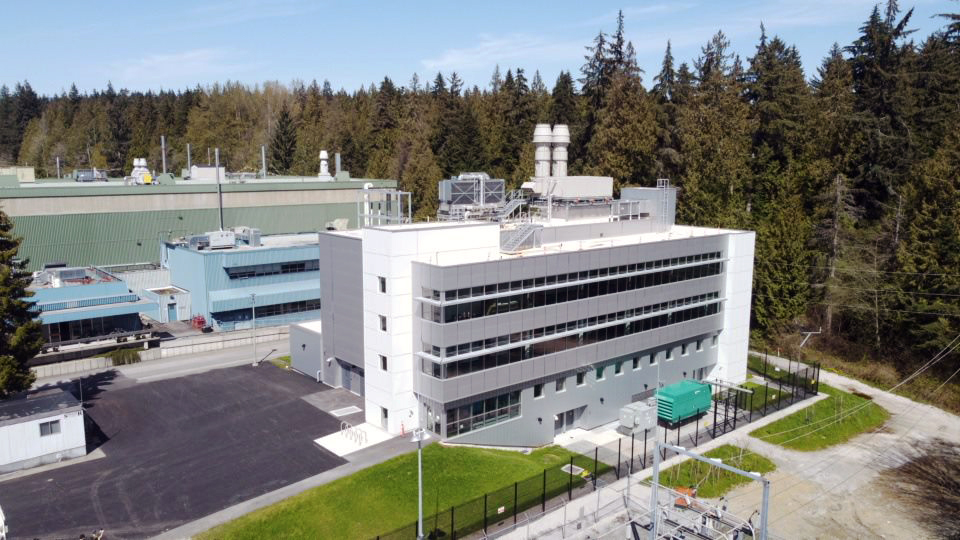
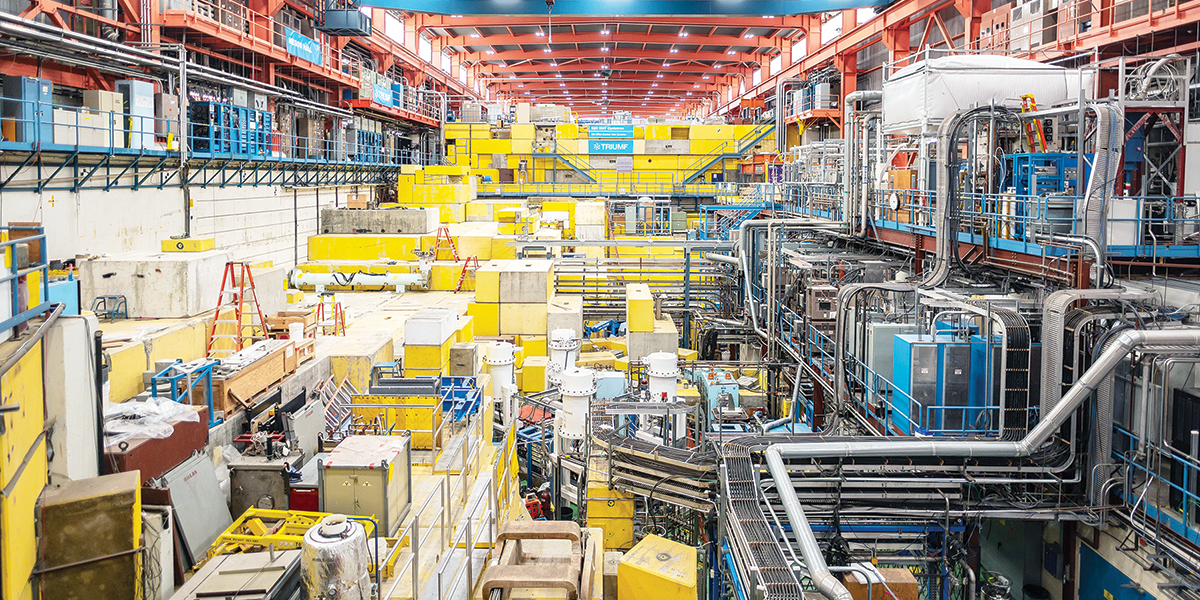

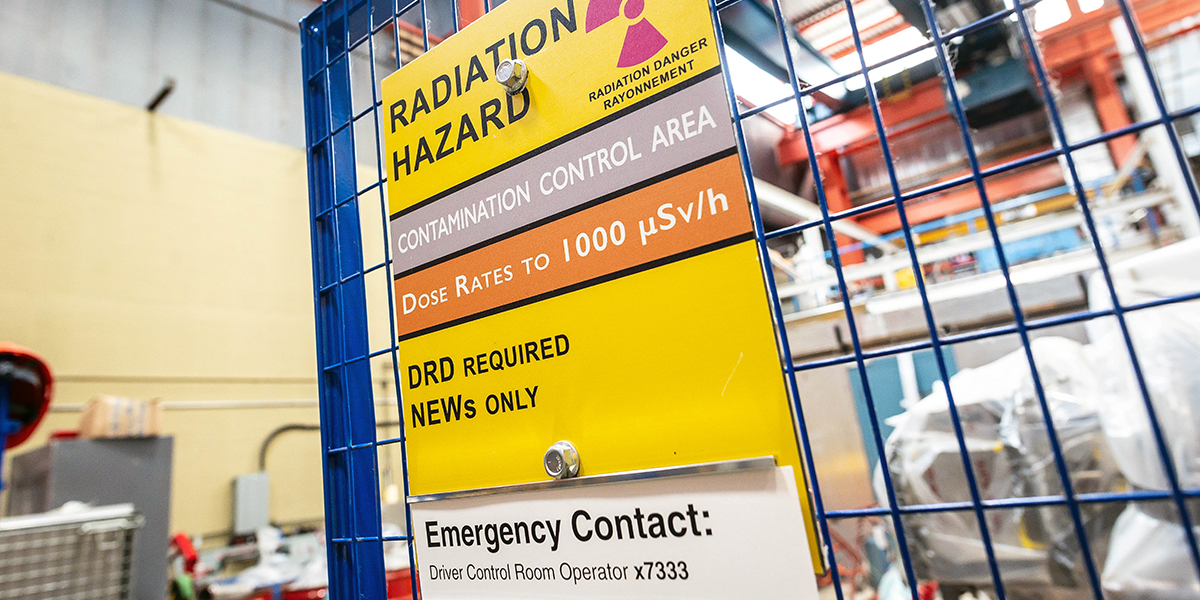



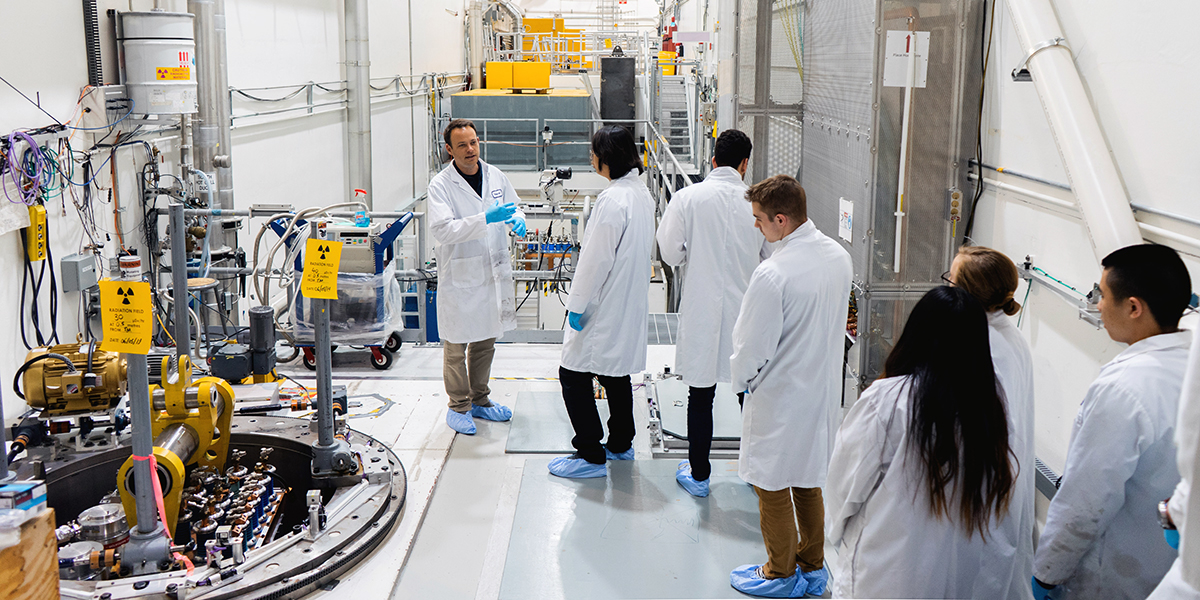
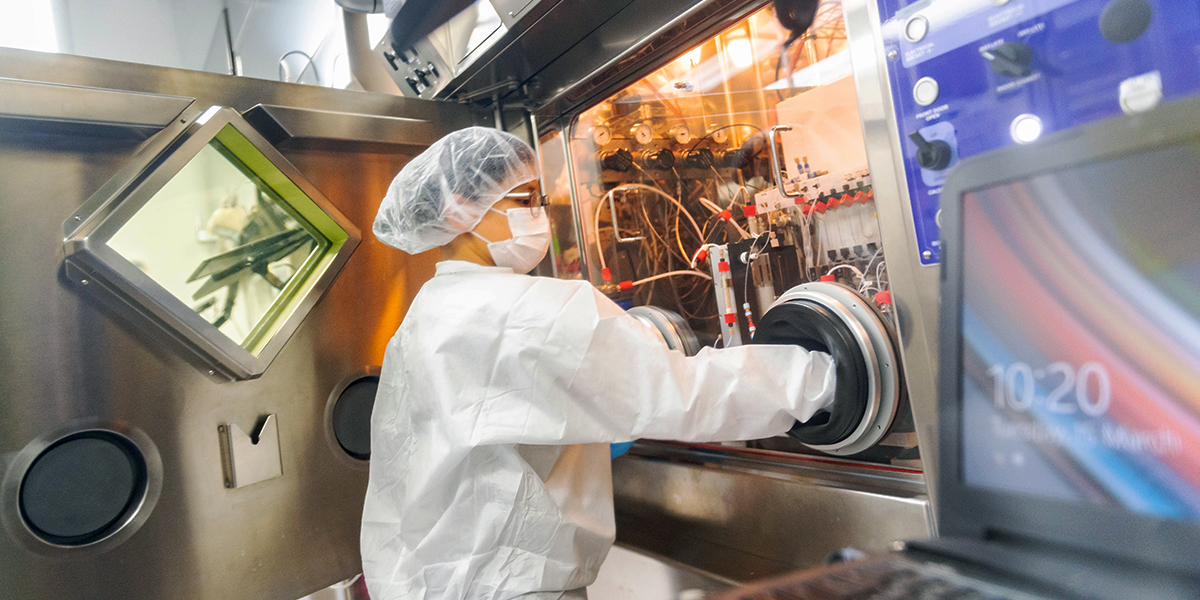

 Stuart Shepherd
Stuart Shepherd
